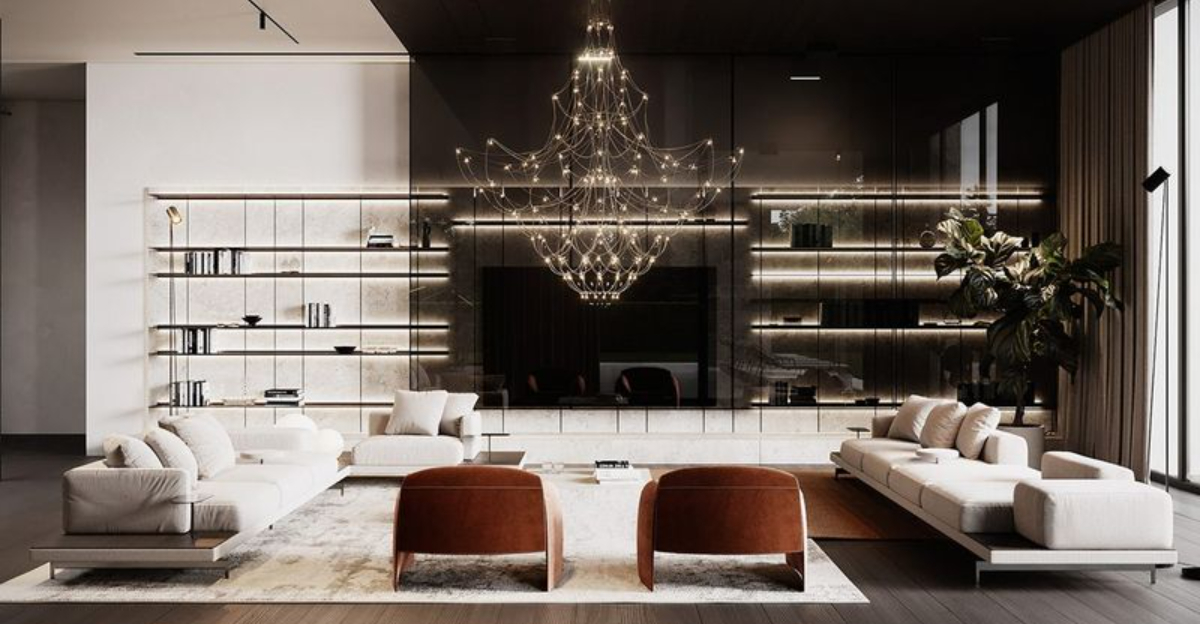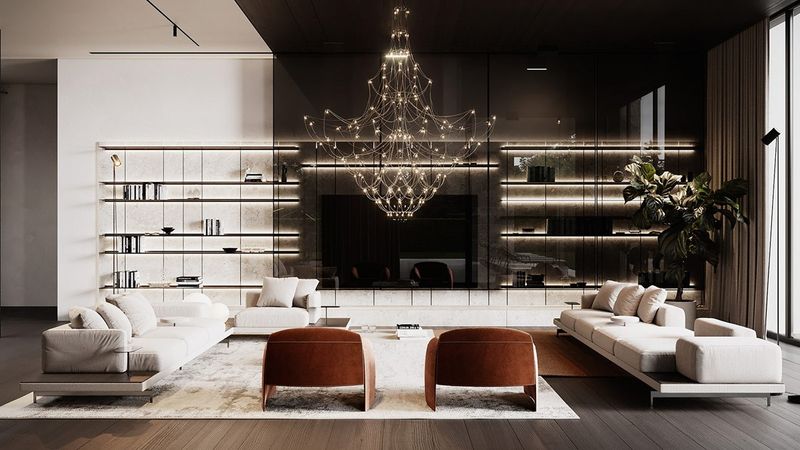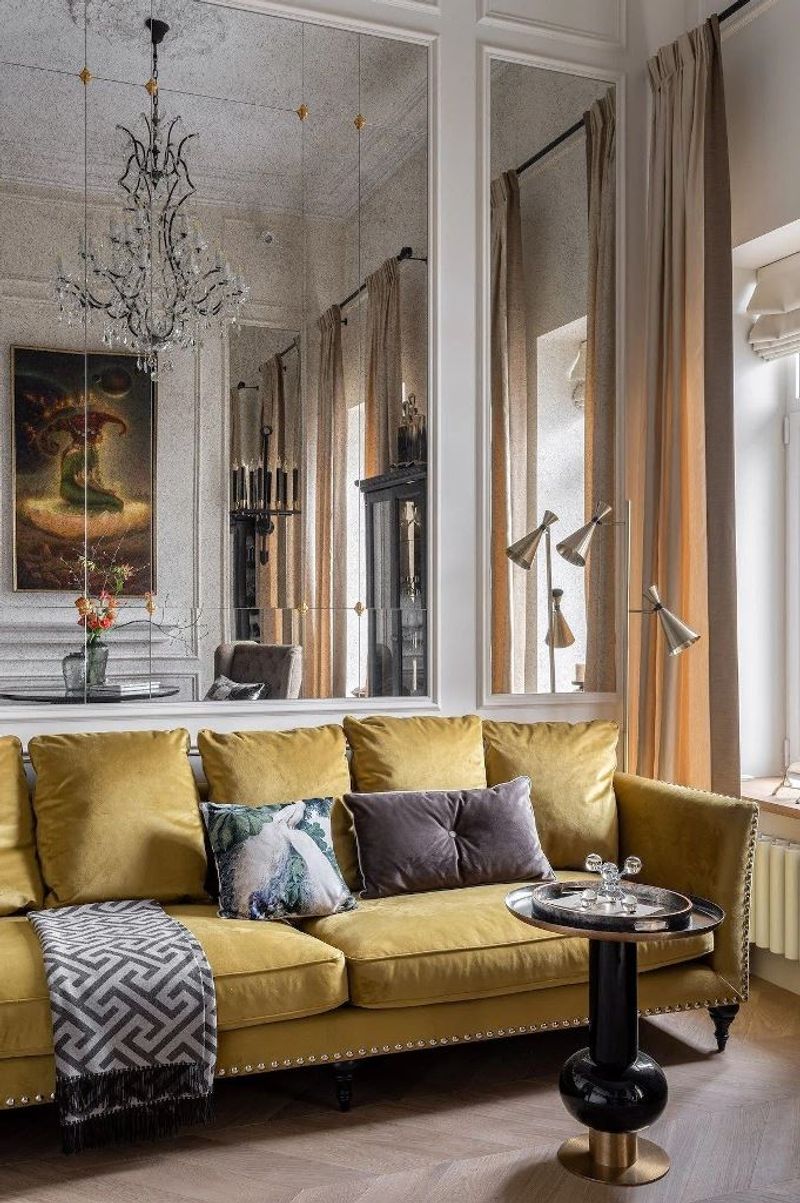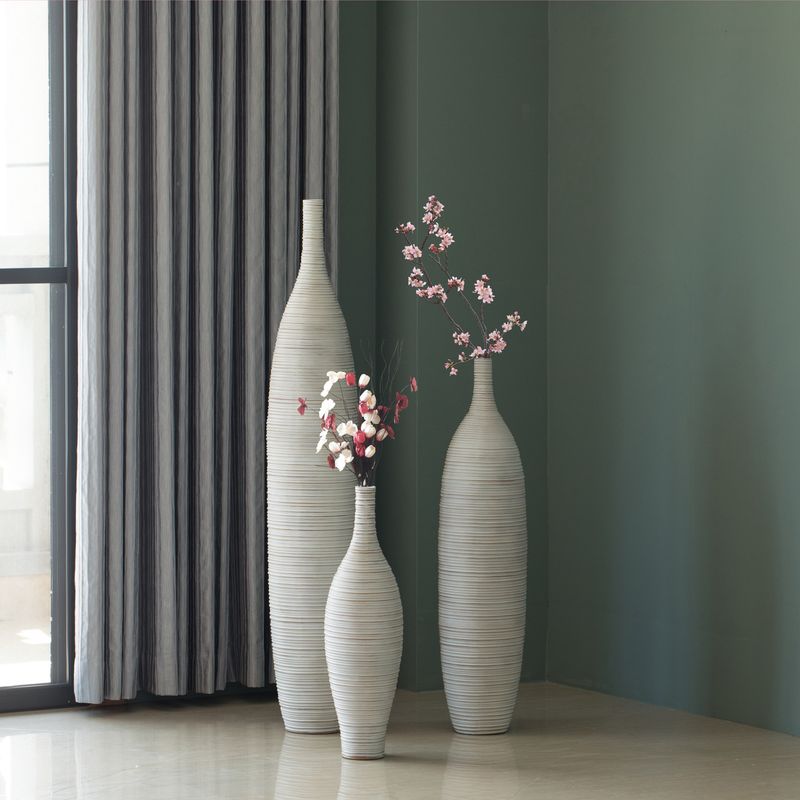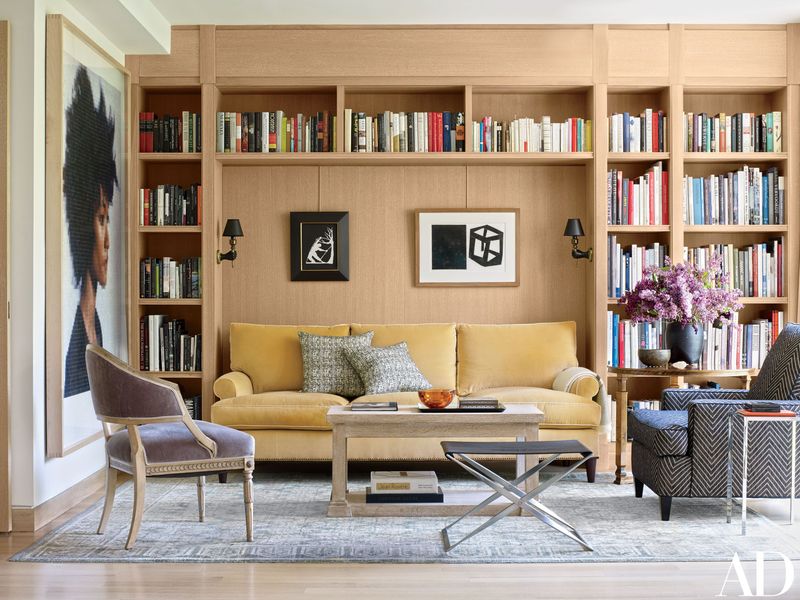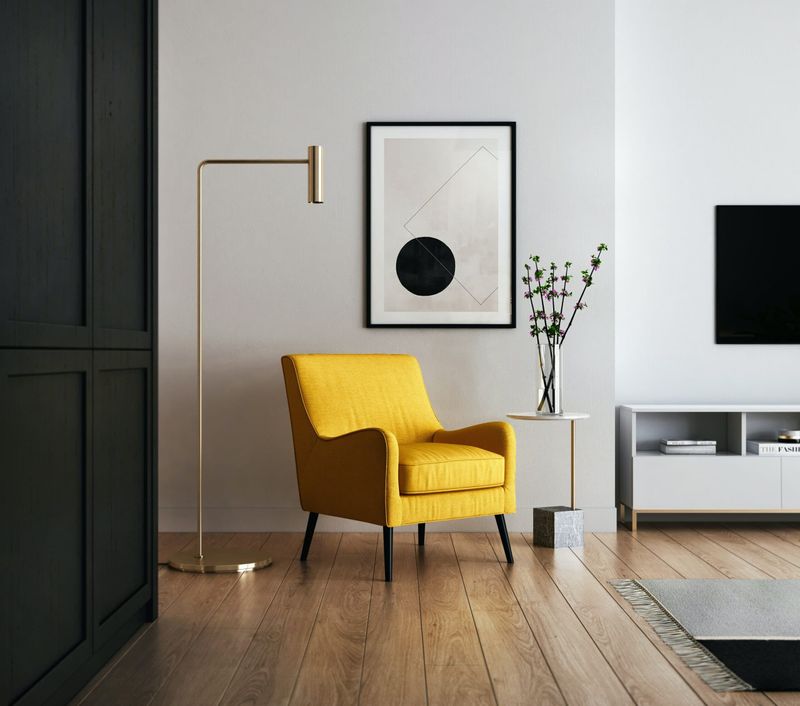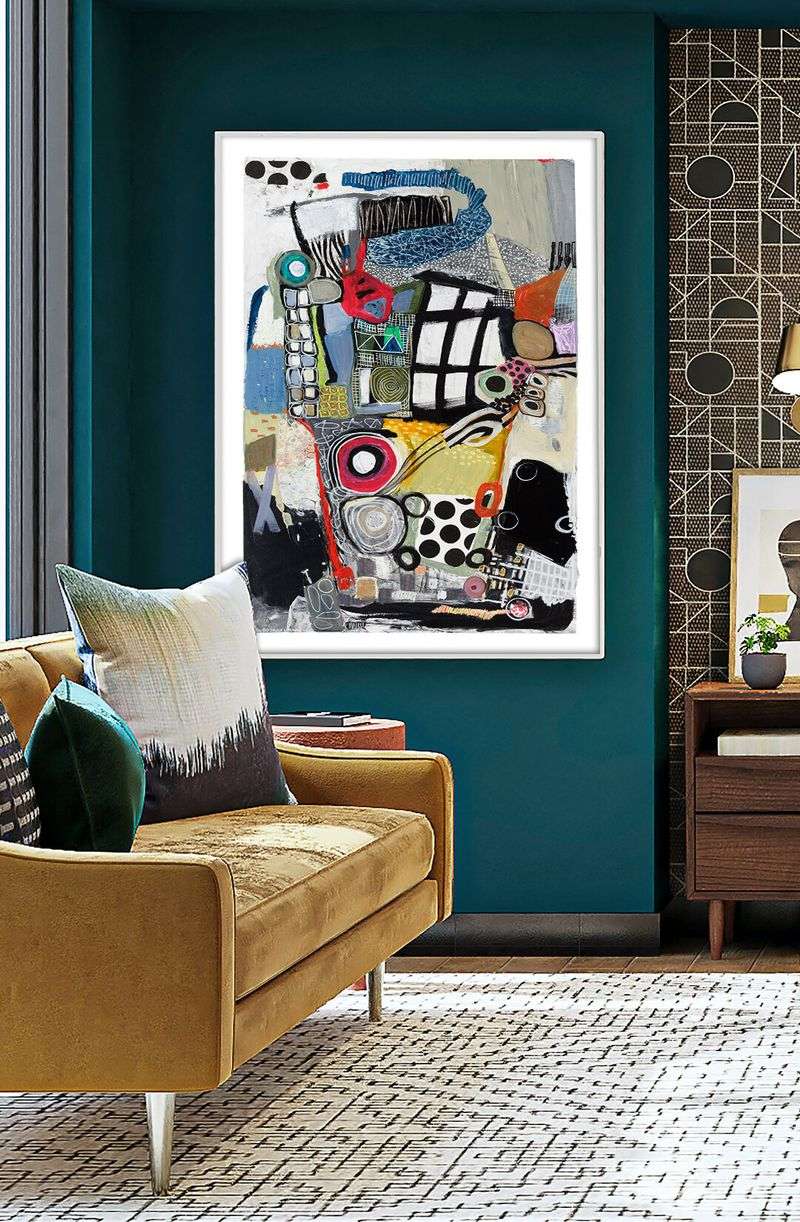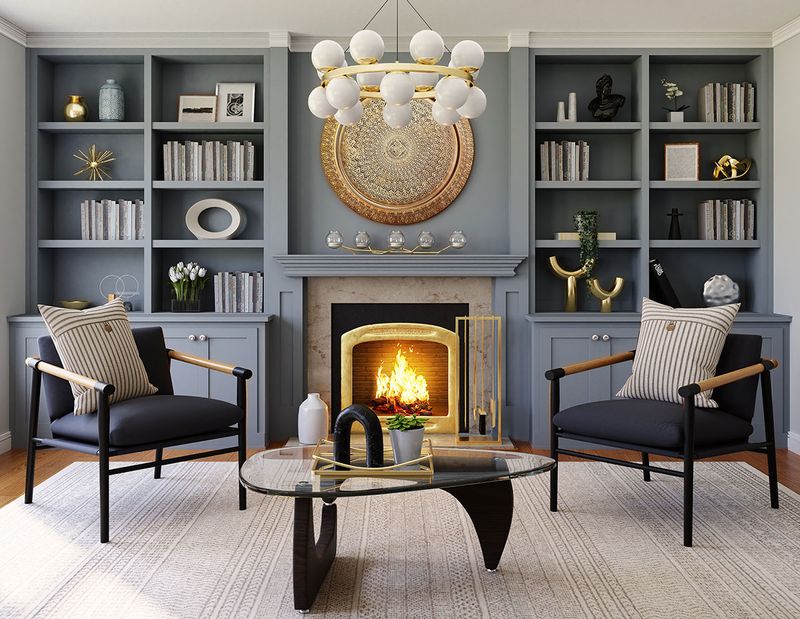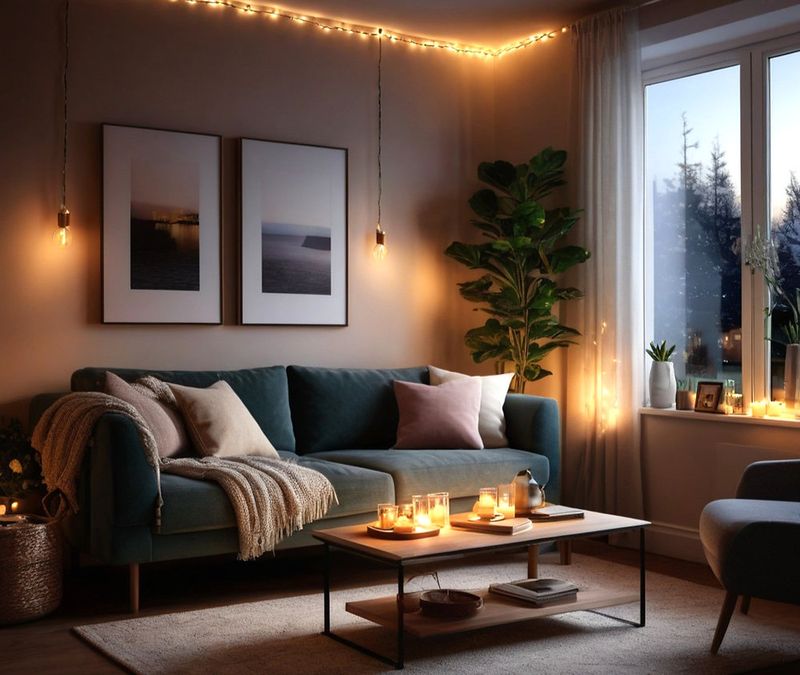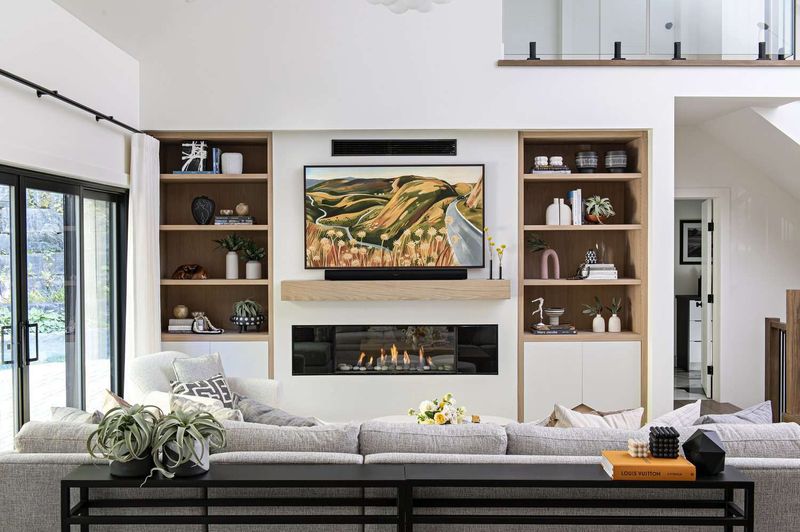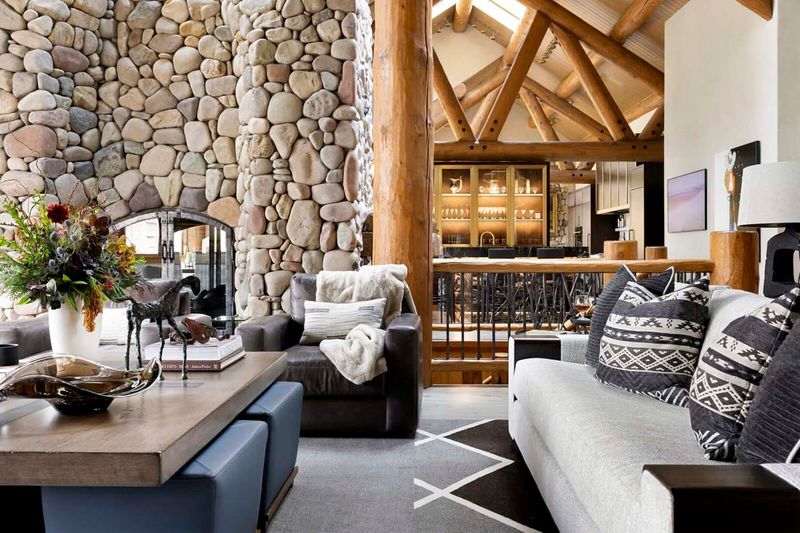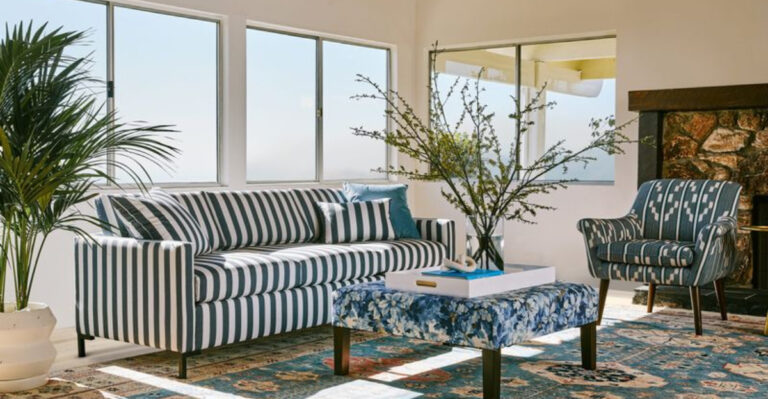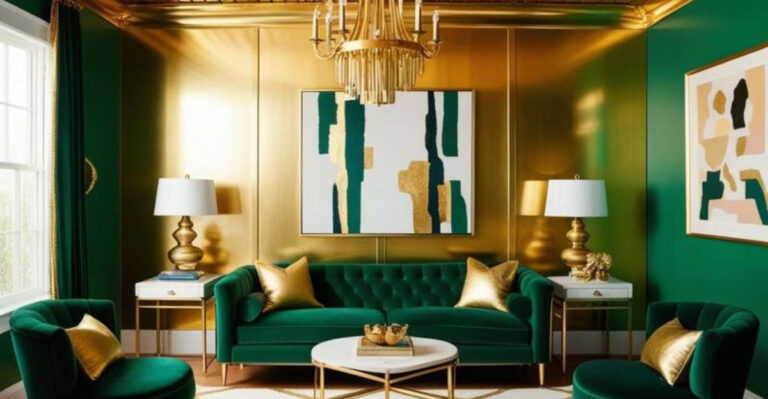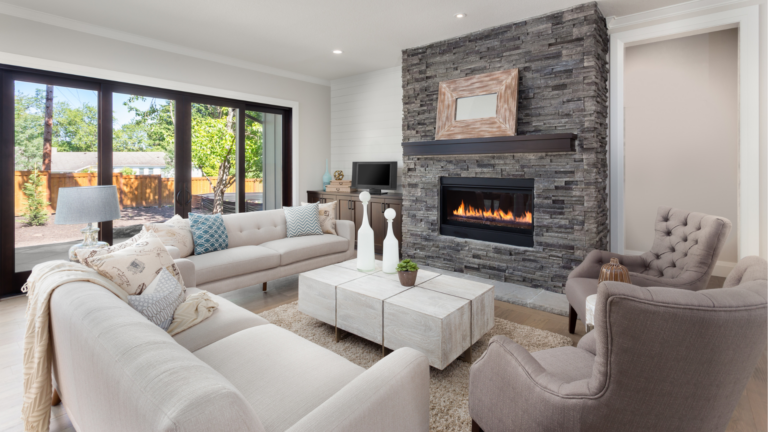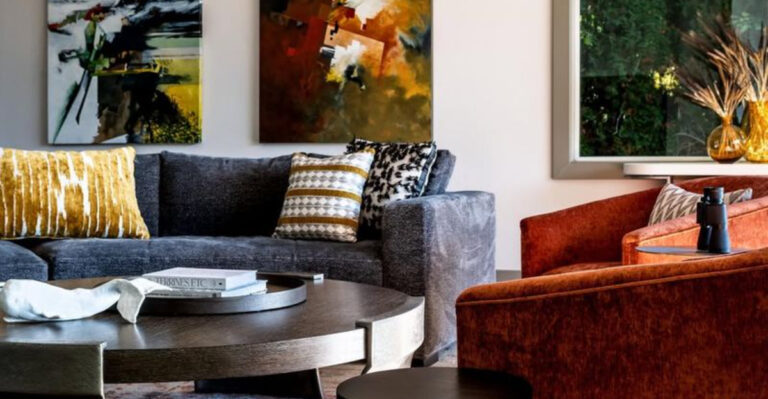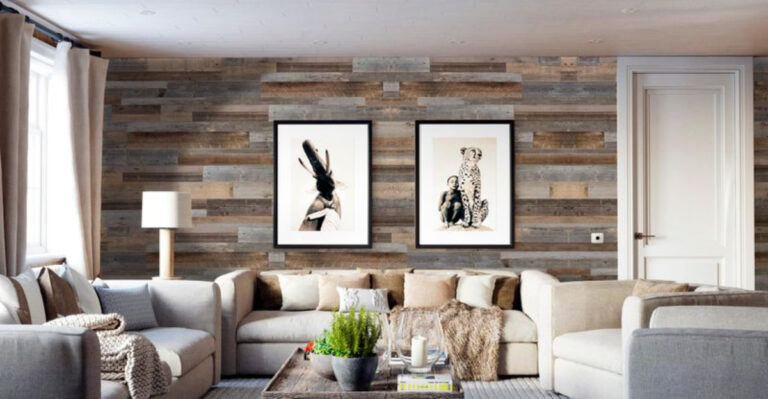15 Living Room Details Designers Always Include, As Observed By Visiting 3 Model Homes
Have you ever wondered what makes those picture-perfect model homes look so irresistible? After touring three stunning model homes last weekend, I couldn’t help but notice certain elements that kept appearing in every living room.
These intentional details weren’t random – they were carefully selected by professional designers to create spaces that feel both luxurious and livable.
Let me share the secret ingredients that make these rooms so magazine-worthy!
1. Statement Lighting Fixtures
Forget basic ceiling lights! In each model home, my eyes were immediately drawn upward to dramatic chandeliers or pendant lights that commanded attention without overwhelming the space.
Professional designers understand that lighting isn’t just practical—it’s the jewelry of the room that sets the mood and elevates the entire space.
2. Layered Area Rugs
Walking through these model homes revealed a clever designer trick: layered rugs that add dimension and texture. Rather than one large carpet, designers placed smaller, more decorative rugs atop larger, neutral ones.
This technique instantly created visual interest while defining conversation areas within the space. The combination brought warmth to hardwood floors while protecting them—practical luxury at its finest!
3. Conversation-Worthy Coffee Tables
Have you ever noticed how the perfect coffee table seems to anchor the entire room? In each model home, designers selected tables that were functional works of art – never plain or forgettable.
Whether featuring natural materials like marble or wood, or showcasing interesting geometric shapes, these tables served as both practical surfaces and visual focal points.
4. Strategically Placed Mirrors
Magic happens when mirrors are thoughtfully positioned! Every model home utilized mirrors to visually expand spaces and reflect natural light throughout the room.
Rather than hanging them at random, designers placed these mirrors directly across from windows or beautiful views, effectively doubling the visual impact.
5. Texture-Rich Throw Pillows
Among the most noticeable elements in these picture-perfect spaces were the artfully arranged throw pillows that adorned every seating area. Far from matching sets, these were curated collections of varying sizes, patterns, and—most importantly—textures.
Velvet pillows sat alongside knitted covers, while silky fabrics contrasted with nubby linens. This textural playground invited touch and created visual depth that flat, uniform pillows simply cannot achieve.
6. Sculptural Vases and Vessels
Scattered throughout each model home were eye-catching vessels that stood proudly even without flowers. These weren’t your ordinary vases but sculptural pieces that commanded attention through their unique shapes and materials.
Ceramic, glass, and metal vessels in organic forms created visual interest on shelves, side tables, and mantels.
7. Thoughtful Book Collections
Would you believe that books were treated as design elements in every model home I visited? Designers carefully selected hardcover books with attractive spines and covers that complemented the room’s color scheme.
Even in our digital age, beautiful books remain one of the most accessible ways to add personality and intellectual warmth to a living space.
8. Indoor Plants of Varying Heights
Life literally blooms in designer spaces! Every model home incorporated living greenery that brought freshness and vitality to the rooms. What caught my attention wasn’t just the presence of plants but their strategic arrangement at different heights.
Tall floor plants anchored corners, medium-sized plants sat atop side tables, while small succulents adorned coffee tables and shelves. This multi-level approach created visual rhythm throughout the space.
9. Balanced Negative Space
Contrary to what you might expect, professional designers don’t fill every inch of a room.
This deliberate breathing room between furniture pieces and decorative elements allowed the eye to rest and each item to shine.
The takeaway? Sometimes what you don’t include is just as important as what you do include when creating a sophisticated space.
10. Carefully Curated Art
The walls in these model homes weren’t merely backdrops but showcases for carefully selected artwork that elevated the entire space. Instead of generic prints, designers chose pieces with presence – oversized canvases, unique photographs, or collections of smaller works arranged in thoughtful groupings.
What fascinated me was how the art connected to other elements in the room through subtle color echoes or thematic links. The art wasn’t an afterthought but a foundational element that anchored the design story.
11. Mixed Metal Finishes
Gone are the days when all metal elements in a room had to match! Each model home confidently mixed metal finishes – brass, chrome, black iron, and copper coexisting harmoniously within the same space.
This intentional mixing created visual interest and depth that perfectly matched finishes simply cannot achieve.
12. Conversation-Friendly Furniture Arrangement
The moment you walked into these model homes, you could immediately sense how the furniture placement invited interaction. Sofas and chairs faced each other at comfortable distance – close enough for conversation but far enough for easy movement.
None of the seating was pushed against walls; instead, pieces floated in deliberate arrangements that created intimate gathering spaces.
13. Varied Lighting Sources
Lighting in these model homes went far beyond basic overhead fixtures. Professional designers created layered lighting schemes using at least three different sources in each room.
Table lamps provided warm pools of light at seating height, floor lamps directed light upward to eliminate harsh shadows, and accent lights highlighted artwork or architectural features.
14. Thoughtful Technology Integration
Modern living requires technology, but designers have mastered the art of incorporating it without sacrificing style. In these model homes, televisions were either artfully framed, concealed within cabinetry, or replaced with projector screens that disappeared when not in use.
The lesson was clear: technology should serve the room’s function without dominating its form or disrupting the carefully crafted aesthetic.
15. Natural Material Mix
Touch any surface in these model homes and you’d likely encounter a natural material—wood, stone, rattan, linen, cotton, or wool. Designers deliberately incorporated these elements to create spaces that felt grounded and authentic rather than synthetic or mass-produced.
This connection to nature created spaces that felt inherently calming and timeless rather than trendy or disposable.

